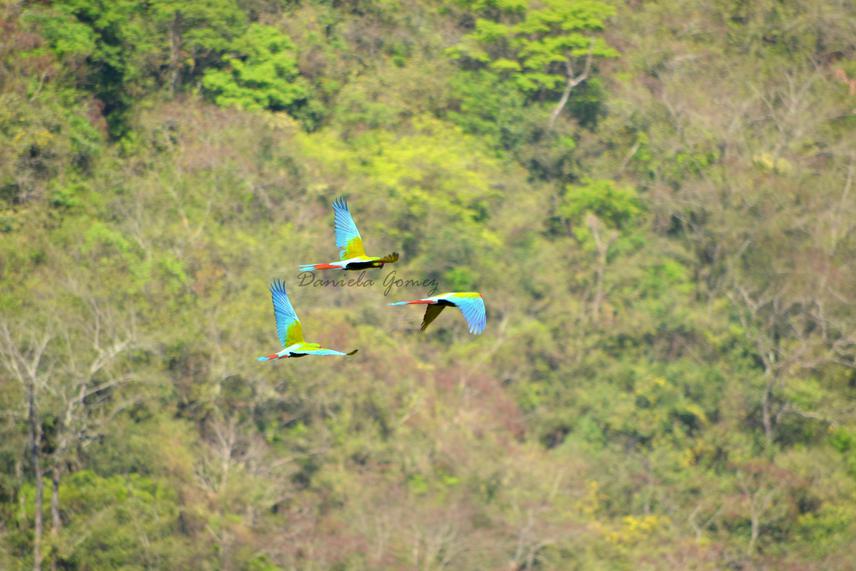Alejandro Alberto Schaaf
Other projects
5 Aug 2015
Effect of Conventional Logging on Cavity-Nesting Birds in Northwestern Argentina - Implications for Sustainable Forest Management
27 Feb 2020
Conversion of the North-Western Argentina Forest into Exotic Eucalyptus Tree Plantations: Effects on Bird Communities
20 Jan 2022
Effects of Forest Exotic Plantation on Mammals in a Northwestern Argentina Forest: Implications for Management
The objective is to understand how bird communities respond to habitat changes due to conventional logging in the Southern Yungas forests.

Most of the forestland in the piedmont region of northwestern Argentina has been subject to extensive selective logging or transformed to agricultural fields. It is clearly evident that the conversion of natural forests into human land uses negatively affects the rich biodiversity associated with forest ecosystems. Bird´s are considered to be especially sensitive to habitat changes, particularly in subtropical forests where human pressures on natural environments are high. Some studies have shown bird community can be used to assess the forest condition, provide an early warning signal of changes or to diagnose the cause of an environmental problem. The present study considers how bird richness, abundance, diversity might be influenced by logging forest and consider the special habitat requirements of conservation-priority species, such as those that are endangered or rare. Retention trees species is critical for development of late-successional forest habitat structure within these forests and may ultimately be important for recovery and maintenance of endangered species, such as the military macaw (Ara militaris). Also, evaluates the potential for some bird species guilds -as parrots, owls, woodpecker and understory bird communities- to serve as indicators of biological integrity of Piedmont forest in northwest Argentina. We focus specifically on how forest management has altered bird community structure (avian richness, abundance, diversity), and to suggest management strategies for promoting avian species diversity on managed forests.
In summary, the goal of this project is to use forest bird communities, species, and habitats to estimate forest disturbance levels, and contribute to an understanding of population for forest birds. Our results will show that some bird are more sensitive to forest management than others, and the bird community of these ecosystems may be deeply affected by the currently intensive management practices.
This result will be used to recommendations for sustainable forest management in Northwestern Argentina. If reduced-impact logging practices are not implemented during selective logging operations in this forests, consequent long-term changes in vegetation structure may result in significant declines in the populations of some forest-dependent species. To help land managers with this task, this work will examined how bird communities, species, and habitats were affected by various silvicultural methods, and implement recommendations for sustainable forest management. Managers need a wealth of information to make informed decisions about implementing projects, including information that will help to predict how specific projects aimed at other resources will improve or alter available habitats for birds.